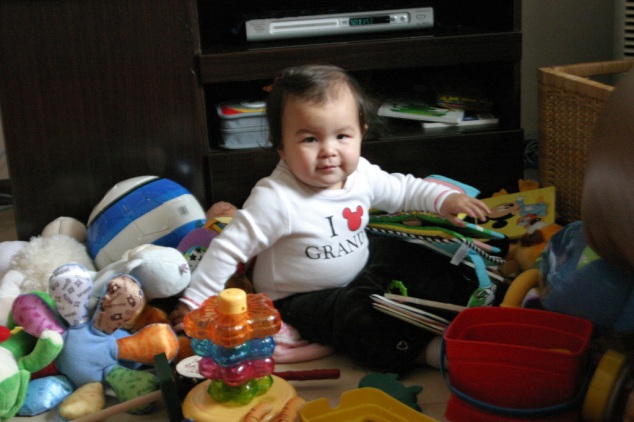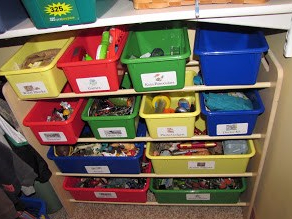Part 4 of 4
In the final part of the series, I bring to you alternatives to purchasing more toys.
I have some homework for you. Below I have categorised activities possible based on the different intelligences. Can you think of toys or materials already readily available at home to help out in these activities ?

THINK – BE CREATIVE.
What toddlers really “must have” is:
Time and opportunity to play, parents who value the role of play and take the time to play with them, and a variety of play experiences.
Play time helps them explore their world, figure out how their bodies work, learn how to use tools to accomplish cool things, practice interacting with others, learn the value of trial and error, learn how to make decisions, learn about cause and effect and the consequences of their actions.
Toddlers benefit by having a variety of activities to stimulate different skills and brain development.
@ Word Play
Read to your child. Kids’ books are great for rhythm & rhymes, Go to the library regularly, and get excited about the books you find. Talk to your child. Label things: when he reaches for a ball, say “that’s a ball.” When she notices a bird flying by, say “see the bird.” Expose him to other languages.
@ Number Play
Count out loud. Count how many seconds to change a diaper, how many steps from the kitchen to family room, how many toys are on the floor, etc. Talk about numbers or comparisons: there’s more blocks in that pile, there’s three dogs over there, this spoon is bigger than that spoon, in five minutes we’ll put shoes on. Talk about the order of tasks and sequencing: first, we do this, then that.
@ Putting the Pieces Together – FINE MOTOR SKILLS
Put things in and take things out. Put lids on, take them off. Open and close doors. Talk about directions: we’re going up stairs, the book is on the top shelf, it’s above the trains, but below the stuffed animals. These activities are great for fine motor skills and developing those essential pre-writing skills.
@ Moving about – GROSS MOTOR SKILLS
Make sure that your child gets ample of time outside the house as well. Playground time, swinging your child side to side, “wrestling” with your child, playing together in a swimming pool, dancing together, climbing stairs will not only help your child grow healthy physically but also help create a fun and happy bond.
@ Playing Well With Others
Many children find it difficult to socialise or are socially awkward. For this reason, it is very important that they are exposed to – Interaction! Lots of time with attentive adults – alternate lead and follow with what she wants to do & what you want her to do which is also known as step instructions – get me pen, put it on the table. Practice saying please, thank you, as well as other manners and sharing. Engage in supervised play with friends.
@ Learning about Myself and How I Feel
Intrapersonal intelligence is not about toys or about specific activities. It’s about giving your child down- time to reflect on things, play on their own, learn to entertain themselves, and learn to problem-solve on their own. It is more to do with Emotional Intelligence and how a child can effectively acknowledge one’s feelings and temperament. It is about being able to understand and label the feelings he is having. Help give your child words for how he feels. Share words for how you’re feeling: “I’m sad because… I was afraid when…”
@ Song and Dance Routines
Do this to the maximum. Children love to sing and dance so do that with your child. Musical rhythms help children develop mathematical intelligence.
@ Fun with Flora and Fauna
Along with the regular outdoor trips make sure that there are trips to the park, the beach, the zoo etc also planned for your child. Plan excursions and go for walks, notice the birds, look out the window at the moon or a rainbow, talk about the weather, shop for fruits and veggies.
@ Expanding Their Horizons
Pretend play is a very important skill and play technique that any child should engage in. It is important that the child should take notice of the similarities and differences between the different cultures using dress up and puppets. Play imagination games. Make up puppet shows. Talk about ways of understanding the world, different cultures, traditions and languages.
@ All the Pretty Colours
Art is a great way and channel for a child to express their innermost desires, aspirations and dreams. Encourage and expose your child to variety of art techniques, blowing bubbles, playing with water colours and mixing up shades. Cut pictures out of magazines and catalogs to create beautiful mosaic pieces. Talk about colours and how they interact with each other. Do art together.
Image Source – Google Search (Commercial use license)


